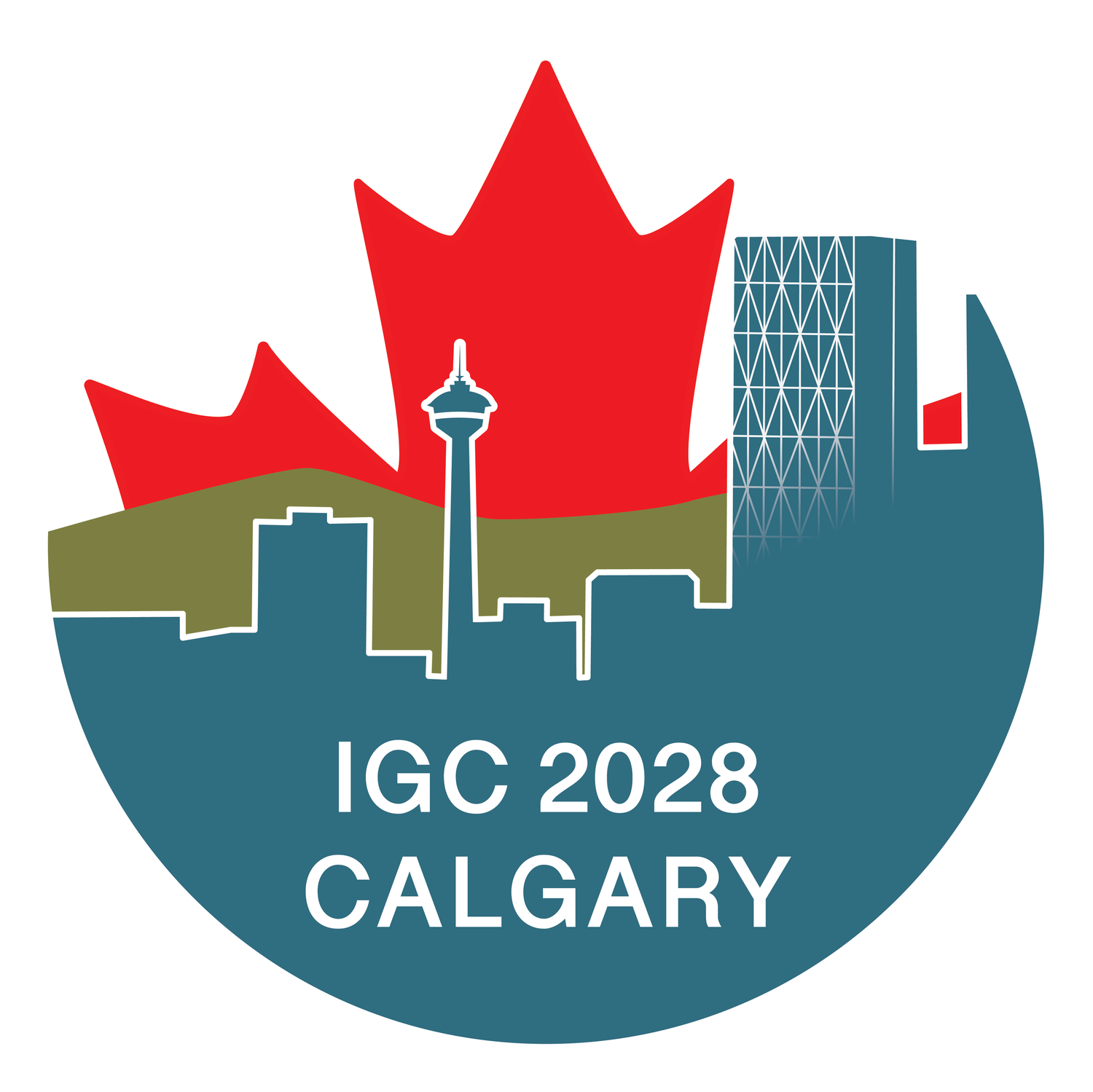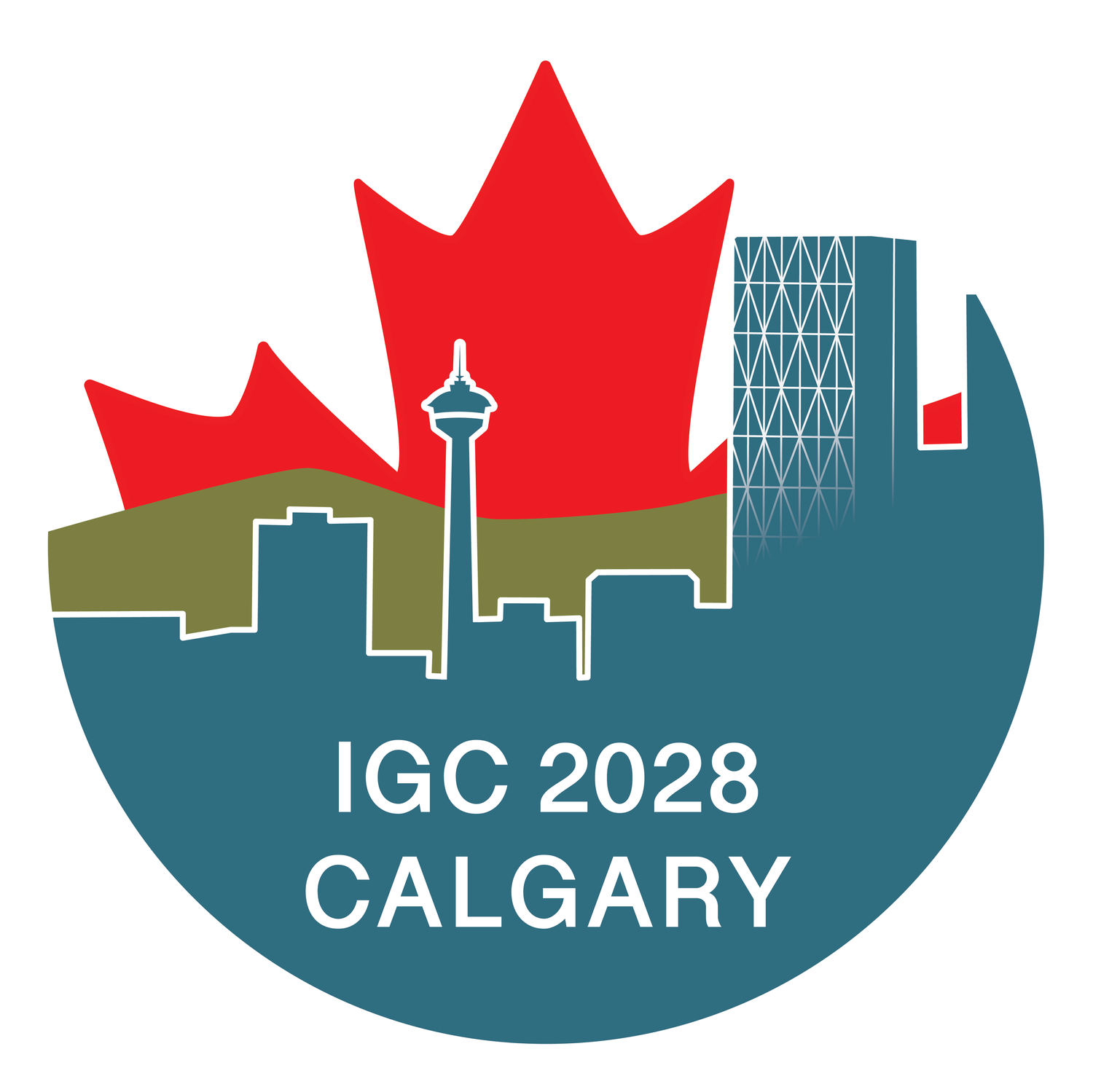The Great Lakes/ St Lawrence Lowlands Region
This area lies to the south of the Canadian Shield, extending from southwestern Ontario through Montreal to Quebec City. The region is covered in parts by substantial thicknesses of glacial deposits with occasional areas where the Paleozoic rocks are exposed. It is also where the greatest population density in Canada exists. Although this area is far from the Calgary Congress venue it is on direct travel routes from Europe, the Middle East and the Indian sub- Continent with major international airports at Montreal, Toronto and Ottawa.
Other field trips in this general area could also include the interesting mineral localities of the Mont-Saint-Hilaire near Montreal, the asbestos mines at Thetford Mines, Quebec, or the newly reopened lithium mines at La Corne, Quebec.
Quaternary Geology of Southern Ontario
Most of southern Ontario is covered with glacial deposits that range in thickness from less than 1 metre to over 100 metres. These alternating glacial packages of till and water-deposited sediment often form prominent interlobate morainic systems that are utilized as aquifers. The glacial deposits cover interglacial sequences that span the last 120,000 years. These Quaternary sequences have been studied for over 100 years; numerous field trips have been run on the Quaternary geology and hydrogeology of this area.
The excursions would start and end in Toronto.
Duration: 1 to 6 days.
Niagara Falls and Gorge and the Wine Country of Southern Ontario
South of Toronto are the famous falls at Niagara where the water flows over the Niagara Escarpment from Lake Erie into the Niagara Gorge and then to Lake Ontario. The elevated benches on the south side of Lake Ontario are the location of some of the best wines in Ontario and the best ice wines in the world. Several of these vineyards will be visited along with the nearby forts of the war of 1812. There have been many field trips that cover the Late Ordovician to Devonian stratigraphy of this area. Several of these vineyards will be visited, including tours of permanent hydrometeorological research stations recently installed, including several by researchers from the University of Waterloo. All excursions could easily take in the geological displays at the Royal Ontario Museum in Toronto.
Field trip(s) would start and end in Toronto.
Duration: 1 to 6 days.
Image credit: K Boggs
Quaternary Geology of the Champlain Sea
The Champlain Sea was a brackish water incursion into the St. Lawrence lowlands when the region was isostatically depressed during the early stages of deglaciation. Sediments deposited in this marine embayment have geotechnical issues such as thixotropic clays (the Leda Clay) that can liquify if subjected to minor shaking. This has resulted in many landslides such as the Lemieux landslide of June 30, 1993. The field trip will examine the Quaternary deposits, and discuss the problems associated with the sediments in the region.
The excursion will start and end in Montreal.
Duration: 4 days.
Image credit: Ottawa Gatineau Geoheritage
Geology of the UNESCO World Heritage Site Quebec City Region
Several potential field excursions would examine the geology of this region which straddles the boundary of the St. Lawrence Platform and the Appalachian locations. Just east of Quebec City is the Montmorency Falls section where Upper Ordovician Utica Shale and younger sediments are downfaulted against Precambrian gneiss. Cambrian and Lower Ordovician fossiliferous strata lie on the south side of the St. Lawrence River at Levis.
Field trip(s) would start and finish at Quebec City.
Duration: 1 to 3 days.
Image credit: Geodiversity Day Celebrations in UNESCO World Heritage Site Quebec City; collaboration GSC, Ministère des Ressources naturelles et des Forêts (Québec), Université Laval and Parks Canada




